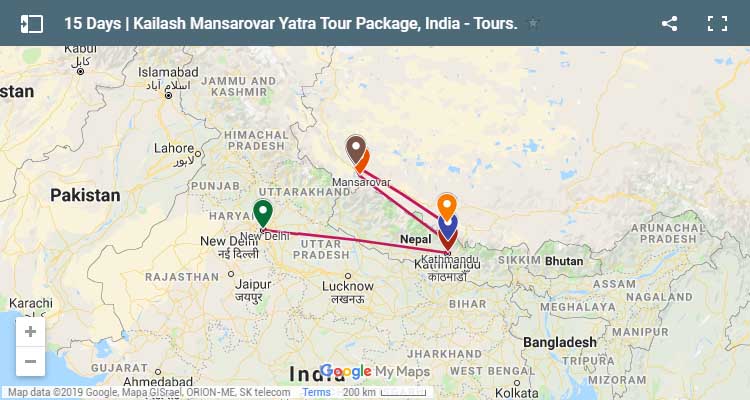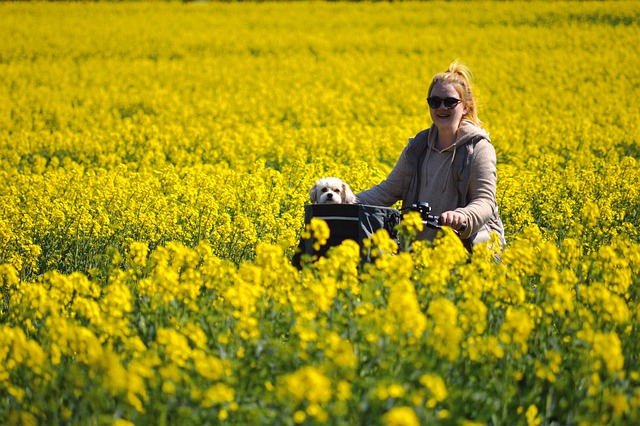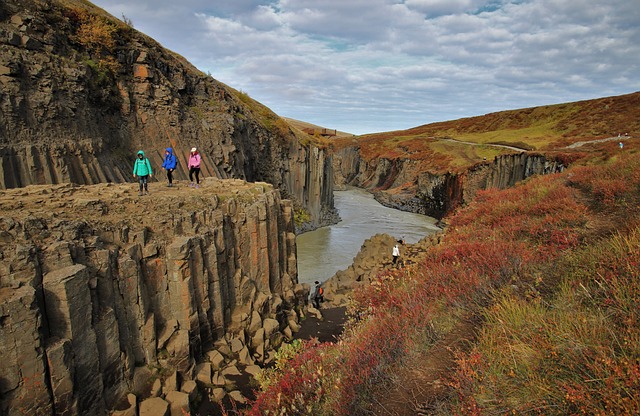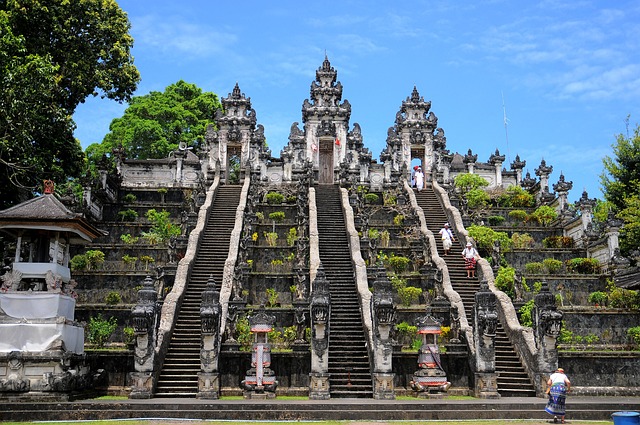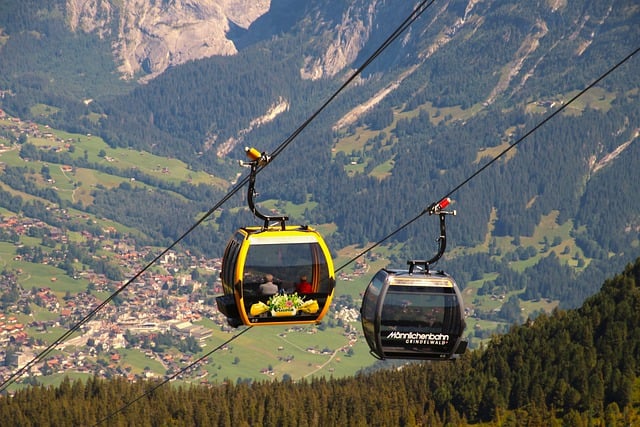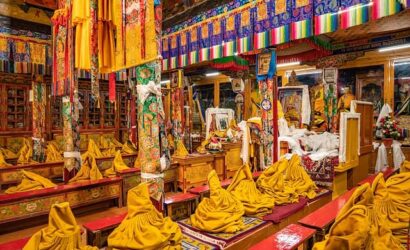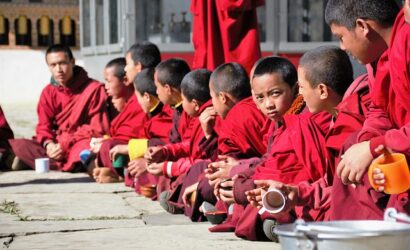Overview
The 14-day long Kailash Mansarovar Yatra Tour Package 2020 will help you travel from Nepal to China and some parts of Tibet. This religious tour will help you to find your way to Mount Kailash. There are various reasons to undertake a circumambulation of one of the most sacred mountains in the world, Mount Kailash.
Most of the pilgrims who decide to go on a Parikarma or decide to take a circumambulation of Mount Kailash, do it to find guidance from Lord Shiva and Goddess Parvati, his wife. It is believed that Lord Shiva spends most of his time atop Mount Kailash with his wife practicing Yogic and other things.
Tour highlights
- Travel from Kathmandu, Nepal to China and Tibet.
- We will help you perform a Hawan at Lake Manasarovar
- We will help you travel through small villages and areas in China, including Dongba.
- We will then continue to Mount Kailash.
Itinerary
When you arrival in Delhi, our representative will be meet you and transfer pre-booked hotel.
After breakfast you will Visit Raj Ghat, Jama Masjid, Qutab Minar, Humayun's Tomb, Laxmi Narayan Temple & drive past Red Fort, Chandni Chowk, President House, Parliament. etc.
When you arrive in Kathmandu, our representatives will come and greet you. After greeting you, they will help you find your way to your pre-booked hotel in Kathmandu.Kathmandu is the capital and the largest city in Nepal. Known for its vast temples, scenic beauty, and bustling markets, there is a lot to see in this city. You could even visit the Kathmandu Valley in the city. Once in the hotel, you could rest for the day or do some local sightseeing later.Overnight stay at the hotel.
After breakfast, on your second day with us, we will help you visit some of the best tourist attractions in the city. For our second day, we will have two destinations, the Pashupatinath Temple and a visit to Sleeping Vishnu. Our first stop is the Pashupatinath Temple, which is located on the banks of Bagmati River. This Hindu temple is one of the most famous temples in the city and is dedicated to a Nepali Deity, Lord Pashupatinath, who is an incarnation of the Hindu God, Lord Shiva. “Pashupatinath” translates to “Lord of Animals.” This temple is on the UNESCO World Heritage Sites.
Our next stop for the day is Sleeping Vishnu in Budhanilkantha Temple. The temple is located in Budhanilkantha, at the northern end of the Kathmandu Valley. The term Budhanilkantha literally translates to the blue throat. This temple is famous for the statue of reclining Lord Vishnu. This statue, here at Budhanilkantha, is the largest carving in Nepal.
After this, we will help you return to your hotel. Rest of the day will be spent preparing for the yatra to be taken on the 3rd day of the tour.
After your breakfast on the third day, we will help you check out of the hotel. With the help of a tourist coach, we will embark on a journey to Duche/ Syabrubesi or to the China-Nepal Border, which is 54km away from Kathmandu. Our drive would take about six to seven hours. On our way, you can enjoy the scenic beauty of the surrounding areas. We will stop at night and wait for the next day to clear the cross-border formalities.
After your breakfast on your fourth day, we will help you get across the China-Nepal border. We will finish dealing with the cross-border formalities in the morning and continue our journey towards Kyirong, which is just 35 kilometers away from the border.
Kyirong or Kyidrong is a happy border town. Located high in the Himalayas, this Tibetan plateau is famous for its vegetation, which is quite rare to find in Tibet. The mild and pleasant climatic conditions here is also one of the reasons why this valley town is one of the most famous cities in Tibet.
Once we get to the city, we will help you find your way to your pre-booked accommodations in the city. You can visit the city or rest here.
Overnight stay at the hotel.
On your 7th day with us, after breakfast, we will help you travel to Dongba, a small area in China. The area of Dongba is about 270 km away. We will drive past various places in Tibet.
Dongba is made of two words, Dong and Ba. The word literally means Ba of the East, which refers to the priest's Nakhi people of Southwest China. These priests preached about various things, but their most important teachings included the importance of harmony between man and nature. En route, we will also drive across the Bharmaputra River, which continues to India. We will then continue to drive towards Saga/ Dongba.
Next day we will embark on a journey towards Chiu Manasarovar Lake. The lake is also called Mapam Yumtso. This lake is a high-altitude freshwater lake and is fed by Kailash Glaciers near Mount Kailash. Mount Kailash is located in the Tibet Autonomous Region, China, which has been reserved for religious purposes for various religions, including Bon, Jainism, Hinduism, etc.
On our way to the Manasarovar Lake, we will also cross the Mayum La, also known as Mariám La, is a mountain pass to the Lake Manasarovar and Chhongo Lake. Lake Manasarovar is one of the holiest lakes in Tibet.
On the 9th day, we will help you witness a Hawan at Manasarovar and then we will drive to Darchen, which is about 60 km away. In the morning, the Tibetan staff will set up tents for you to take a bath in on the shores of the Lake Manasarovar. The traditional form of the bath by circumambulating the holy mountain. Once you take a bath, we will help you perform the Hawan at the banks of Lake Manasarovar along with Pooja.
After the Hawan and Pooja, we will help you have lunch here before we drive to Darchen, which is also known as Tarchan or Taqin. Darchen, a small village, is located in Purang County of the Tibet Autonomous Region of China. This place was known as Lhara before.
On your 10th day, we will drive from Darchen to Darboche, which is a small town with some houses. Darboche is filled with guesthouses as it is a stop for various pilgrims. From Darboche, we will trek to Diraphuk, which is a nine to ten-kilometer trek. Mount Kailash lies in the North from Darboche.
The holy Parikarma of Mouth Kailash includes many dangerous treks, and this is one of them. This trek takes you to the highest point in the Dolma-la pass is kora. The length of this trek is about twenty to twenty-two kilometers, and the trek would take about 10 to 11 hours to complete.Dolma-la pass is named after the Tibetan name of Goddess Parvati, wife of Lord Shiva.
On your 12th day, we will continue our trek. Today we trek from Dolma-la pass to Zongdo, which is considered as one of the toughest treks on our itinerary. On your descent, you will be able to see the north-eastern face of Mount Kailash.
Once we finish the trek, we will help you drive to Paryang or Dongba, which is only five kilometers away from here.
On your 12th day, we will continue our trek. Today we trek from Dolma-la pass to Zongdo, which is considered as one of the toughest treks on our itinerary. On your descent, you will be able to see the north-eastern face of Mount Kailash.
Once we finish the trek, we will help you drive to Paryang or Dongba, which is only five kilometers away from here.
On your 14th day, we will travel to Kathmandu again to end our trip. The distance from Kyirong to Kathmandu stands at 172 km, and it would take us about 7 to 8 hours to reach Nepal’s capital. Once we get to Kathmandu, we will help you celebrate a successful trip with other yatris in Kathmandu.We will help you with your hotel for an overnight stay.
On your last day with us, we will help you to travel to the airport, from where you can catch your homebound flight.
Inclusions
- Accommodation with breakfast
- Transfers/visits by chosen vehicle
- Taxes and assistance
Exclusions
- Insurance
- Lunches
- Dinners
- Domestic airfares
- Local guides
- Entrances
Kailash Mansarovar Yatra - Frequently Asked Questions(FAQs)
The old yatra route from Lipulekh takes 22 days, but the journey from Delhi takes only 19 days (from Delhi and back). Also, against 12 days of trekking, the pilgrims will walk for only two-and-a-half days — when they do the ‘parikrama’ of Mount Kailash.
People go on the pilgrimage to Kailash Mansarovar since it is considered the abode of Lord Shiva and hence a parikrama and taking a dip the Mansarovar lake are the two most performed rituals.
An Indian citizen holding a valid Indian passport and aged at least 18 years and below 70 years as on 1st January 2015 is eligible to apply for the Kailash Manasarovar Yatra.
Yes, Yatris need to carry their passports for Kailash Mansarovar Yatra.
Visit Kailash Mansarovar between between May to October as during this period the weather is comparably better than the rest of the year.
Hindus pray to Mount Kailash as it is considered the abode of Lord Shiva, and the most revered pilgrimage site on earth.
It is recommended to carry warm clothes for the Yatra, as the temperatures drop to minus. The temperatures are freezing cold. Also, it is best to pack light and have a pair of steady shoes with you.
